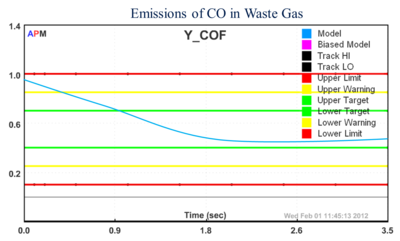Advanced Alarm Management
Boundary Management
Boundary Management interfaces to live systems to provide advanced diagnostics, meet safety and environmental constraints, and drive the process to economic optimum. With changing boundary constraints, this enables instant and continual realignment to real operating objectives. These may include:
- Meet regulatory reporting requirements
- Flow assurance of oil and gas transport pipelines
- Visualize data from remote locations
- Reduce alarms by consolidating relevant information
- Provide soft sensing
- Automatic control of continuous and batch systems

Boundary Management may include fixed or dynamic constraints. Fixed constraints may include pressure relief valve burst limits, temperature limits for catalyst deactivation, or environmental emissions levels. Dynamic constraints may change constantly. A couple examples include bubble point for a liquid reactor (changes with composition), operating conditions for hydrate formation in upstream production [1], and start-up or shut-down constraints. Dynamic boundary management requires a modeling platform for rigorous or empirical process models, even for large-scale or complex systems.

Collaboration on this project is with PAS and their recent release of InBound for Operational Boundary Management.
- Brower, D., Hedengren, J.D., Loegering, C., Brower, A., and Witherow, K., Fiber Optic Monitoring of Subsea Equipment, OMAE2012/84143, Rio de Janiero, Brazil, June 2012.
